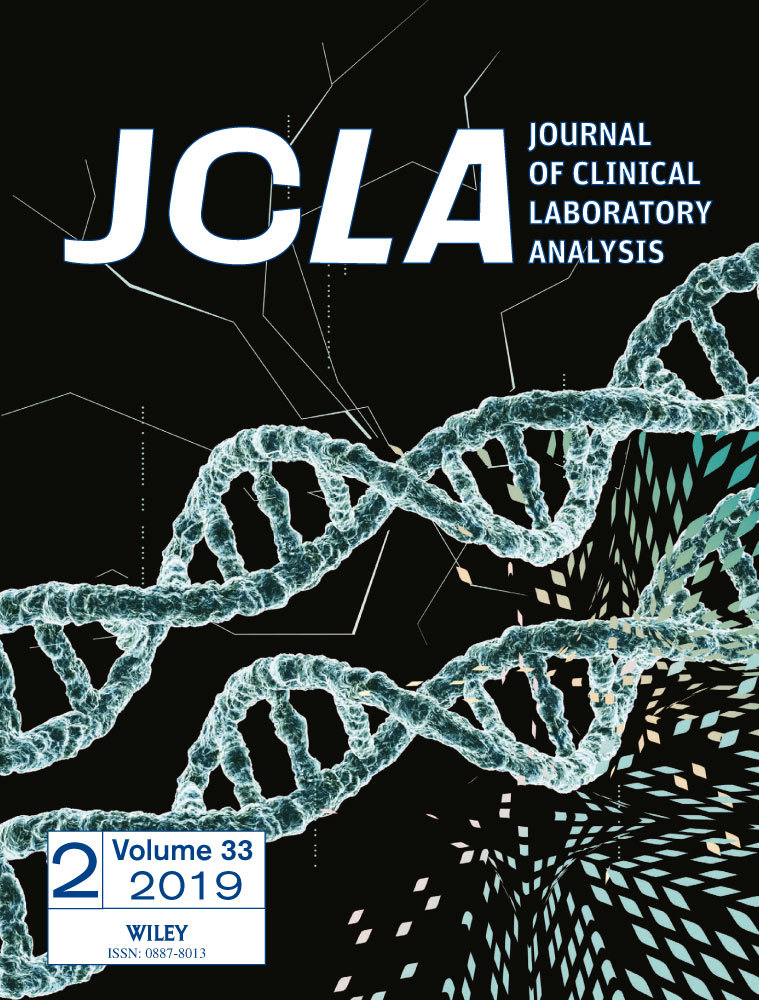Time-resolved fluorescent immunoassay-based combined detection of procalcitonin, C-reactive protein, heparin binding protein, and serum amyloid A1 to improve the diagnostic accuracy of early infection
Abstract
Background
Serological tests are indispensable in the diagnosis of early infection. At present, only procalcitonin (PCT) and C-reactive protein (CRP) are commonly used in clinical practice. Recently, serum amyloid A1 (SAA1) and heparin binding protein (HBP) have been shown to be new biomarkers, because SAA1 is highly sensitive and specific for viral infections, and HBP is predictive for septic shock. In this study, PCT, CRP, HBP, and SAA1 were detected in different combinations to improve the diagnostic accuracy of early infection using the biotin-avidin amplifying system-based time-resolved fluorescent immunoassay (BA-TRFIA).
Methods
A time-resolved fluorescent immunoassay for PCT, CRP, HBP, and SAA1 was developed and then tested in a clinical setting. All experiments were carried out using the DR6608 time-resolved fluorescent immunoassay analyzer.
Results
The cutoff values of PCT, CRP, HBP, and SAA1 were 0.05 μg/L, 5.59 mg/L, 3.83 μg/L, and 1.56 mg/L, respectively. The area under the ROC curve (AUC) showed that PCT ˃ SAA1 ˃ CRP ˃ HBP > 0.8. A methodological comparison of the results showed that a combination of the four biomarkers had the highest accuracy for the diagnosis of infectious diseases.
Conclusion
The time-resolved fluorescent immunoassay-based combined detection of PCT, CRP, HBP, and SAA1 was shown to significantly improve the diagnostic accuracy of early infection. Thus, our results indicate that combined detection based on BA-TRFIA may represent a promising strategy in the clinical diagnosis of infection.




